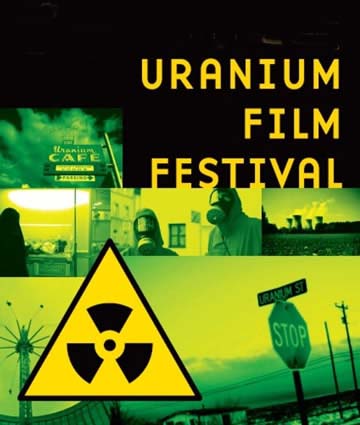Nuclear watchdog questions Environment Ministry’s plan to reuse radioactive soil

Bags containing contaminated soil and other materials produced through decontamination work are seen at a provisional storage site in Tomioka, Fukushima Prefecture.
The Nuclear Regulation Authority (NRA) has raised questions about the Environment Ministry’s proposal to reuse radioactive soil resulting from decontamination work around the crippled Fukushima No. 1 Nuclear Power Plant due to the insufficiency of information on how such material would be managed, it has been learned.
As the ministry has not provided a sufficient amount of information, the nuclear watchdog has not allowed the ministry to seek advice from its Radiation Council — a necessary step in determining standards for radiation exposure associated with the reuse of contaminated materials.
The Ministry of the Environment discussed the reuse of contaminated soil in closed-door meetings with radiation experts between January and May last year. The standard for the reuse of such materials as metal produced in the process of decommissioning nuclear reactors is set at 100 becquerels of radioactive cesium per kilogram. Materials with a contamination level topping 8,000 becquerels are handled as “designated waste” requiring special treatment. In examining the reuse of contaminated soil, the ministry in June decided on a policy of reusing soil containing up to 8,000 becquerels of radioactive cesium per kilogram as a base for roads with concrete coverings.
According to sources close to the matter, the ministry sounded the NRA out on consulting with the Radiation Council over the upper limit of 8,000 becquerels and other issues. An official from the NRA requested the ministry to provide a detailed explanation on how such soil would be handled, including the prospect of when the ministry would end its management of the reused soil, and how it would prevent illegal dumping. The official then told the ministry that the rule of 100-becquerel-per-kilogram rule would need to be guaranteed if contaminated soil were reused without ministry oversight.
The official is also said to have expressed concerns over the ministry plan, questioning the possibility of contaminated soil being used in somebody’s yard in a regular neighborhood. Since the ministry failed to respond with a detailed explanation, the NRA did not allow the ministry to consult with the Radiation Council.
Government bodies are required to consult with the council under law when establishing standards for prevention of radiation hazards. It was the Radiation Council that set up the 8,000-becquerel rule for designated waste.
An official from the NRA’s Radiation Protection and Safeguards Division told the Mainichi Shimbun, “We told the ministry that unless it provides a detailed explanation on how contaminated soil would be used and on how it will manage such material, we cannot judge if its plan would be safe.”
http://mainichi.jp/english/articles/20170109/p2a/00m/0na/012000c
No comments yet.
-
Archives
- May 2024 (12)
- April 2024 (367)
- March 2024 (335)
- February 2024 (345)
- January 2024 (375)
- December 2023 (333)
- November 2023 (342)
- October 2023 (366)
- September 2023 (353)
- August 2023 (356)
- July 2023 (362)
- June 2023 (324)
-
Categories
- 1
- 1 NUCLEAR ISSUES
- business and costs
- climate change
- culture and arts
- ENERGY
- environment
- health
- history
- indigenous issues
- Legal
- marketing of nuclear
- media
- opposition to nuclear
- PERSONAL STORIES
- politics
- politics international
- Religion and ethics
- safety
- secrets,lies and civil liberties
- spinbuster
- technology
- Uranium
- wastes
- weapons and war
- Women
- 2 WORLD
- ACTION
- AFRICA
- Atrocities
- AUSTRALIA
- Christina's notes
- Christina's themes
- culture and arts
- Fuk 2022
- Fuk 2023
- Fukushima 2017
- Fukushima 2018
- fukushima 2019
- Fukushima 2020
- Fukushima 2021
- general
- global warming
- Humour (God we need it)
- Nuclear
- RARE EARTHS
- Reference
- resources – print
- Resources -audiovicual
- World
- World Nuclear
- YouTube
-
RSS
Entries RSS
Comments RSS




Leave a comment